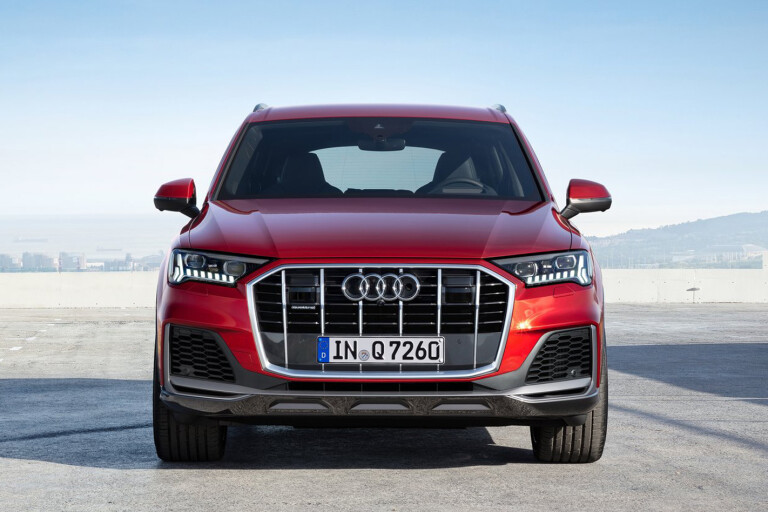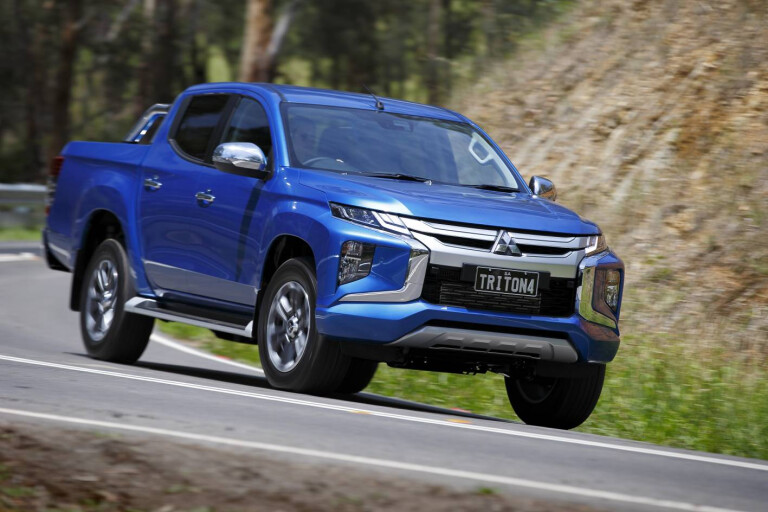.jpg )
You have looked excitedly at new cars, have test-driven your three hot choices, picked your favourite and concluded the deal. Congratulations! You are proud of the glittering automotive sculpture that’s parked in your driveway.
But before the intoxicating new-car smell has even begun to diminish, your world is jolted by a disturbing development.
Your internet browser is haunted by ads for the car you just bought, all offering it for hundreds - maybe even thousands - less than you paid. And while you are still treating your pride and joy to a weekly polish and shine, those ads switch to touting its all-new successor.

Sure, it’s not the end of the world. You still have your lovely new car. But a nagging voice asks you anxiously whether you look like a fool.
Could you have saved yourself some grief, and some money? The answer is: probably. Here’s where to start.
CAR MODEL CYCLES
Car manufacturers love to have something fresh to tempt you with. And they want their car to be the most attractive car of its type. That means working hard and persistently on improving it.
However, developing a better car takes lots of money and time. For a popular model from an international brand, the investment required by an all-new version can add up to several hundred million dollars. Even locally, Holden famously spent one billion dollars on the VE Commodore development more than a decade ago.
Obviously, there is a limit to how often even the biggest global carmakers, such as Toyota and Volkswagen, can spend that sort of sum and earn it back from sales.
Conversely, if they don’t renew their cars frequently, their products will sound and look old-fashioned compared with alternatives.

The result is a roughly predictable new-model cycle, which all of the big car makers follow. For the most popular kinds of car, where most money is to be made, the cycle is shorter than for less lucrative vehicles.
“The model-renewal cycle for the most popular sorts of car in Australia is about five years,” says Wheels magazine contributor and long-time industry watcher Byron Mathioudakis. “That’s for small cars like the Mazda 3 or Volkswagen Golf, but also for popular mid-size SUVs such as the Hyundai Tucson, Subaru Forester and Toyota RAV4.
“Small SUVs will probably go the same way, if they remain a hot-ticket item like they are at the moment.”
The cycle for the more expensive – and therefore slower selling – prestige cars tends to be longer, Mathioudakis says.
Models based on trucks – for example dual-cab utes such as the Toyota Hilux and Ford Ranger that are rapidly extending their fan-base – tend to have far longer renewal cycles again. That is largely because the commercial customers who buy a big proportion of these vehicles for their working fleets value ruggedness, low price and low running costs over performance, convenience and comfort.

“When the current Hilux went on sale it was the first all-new Hilux in 10 years,” Mathioudakis says. “And while it is better than the model before it – in particular the cheaper versions are safer, with more airbags, stability control and rear-view cameras – the basic design isn’t that different. The current Mitsubishi Triton and Nissan Navara replaced 10-year-old models too.”
MID-CYCLE FACELIFTS
If those are the renewal periods for the most popular vehicle types, why is it that we see new models promoted so often? The reason is that car makers also make mid-cycle changes. These model updates – commonly called facelifts because often they incorporate a subtle re-sculpting of the headlamps, grille and front bumper – usually adjust the car in small ways that the makers hope will resolve shortcomings that shoppers (and professional car critics) perceived in the original.
Of course there is another reason such changes tend to be made all at once, rather than piece-by-piece over the course of the model’s production life: it gives the maker another chance to proclaim that its car is new.

Facelifts typically arrive half-way through the model life. For a popular car, that will be usually no more than three years after a new model went on sale.
They may also bring fresh versions of fashionable features. For example, many facelifts over the past 18 months have extended the size of the touchscreen display in the centre of the dash – or extended the screen to less costly models in the range. And you can expect that a widespread component of facelifts over the next 18 months will be support for displaying smartphone apps on your touchscreen, via Apple CarPlay and Android Auto.
Facelifts rarely transform the character of a car. Usually, the facelifted car will drive much like the old one. It may look slightly different. It might ride a little bit better. It might have the latest tech gadget inside it. There may even be a revised engine available. But it will be fundamentally the same car.
BREAKING THE CYCLE
So, how do you as a mere occasional buyer, and not a professional critic or motoring hobbyist, wise up to new-car developments and embed your brain in the new-model cycle? The first step is to find out when the cars you are keenest on were released. Often that will be found in online reviews on trusted car review sites like WhichCar.com.au. With the year of release and a rule-of-thumb guide to typical model cycles, you will be able to estimate whether a new generation (or facelift) is probably years off, or close.
From there you can apply yourself to some deeper research. If it’s a new generation, you may well find that articles about its development have appeared on the internet, usually accompanied by photographs of camouflaged prototypes. Again usually, these will estimate an expected release date – just be careful that the date applies to Australia and not a market elsewhere.
The nearer you get to the date of release, the more you will find lurking in cyberspace. The new car will have been presented at motor shows. And a few months before the new model arrives in Australia, journalists will have been invited to drive it on roads overseas – and to publish an online review.
Facelifts get less publicity, because the importer will be balancing buyer interest in the new features against the wish to sustain prices for the outgoing version. Nevertheless, many will be announced months before the facelifted models arrive, and duly reported online.

Additionally, you can use a facelift or impending new model to your advantage – even if you have no intention of buying it over the older model. Simply bargain hard on the older generation car, as car dealers will be keen to get old stock off the lot, ready to make way for the new arrival.
Of course tracking down this information does demand that you commit time to the task, and it is a task that you may well find tedious. Yet, you are on the cusp of a major car purchase, so it pays to do your research and ensure you get what you want for the right price.
COMMENTS